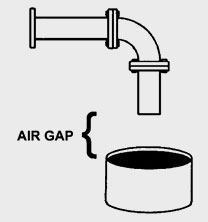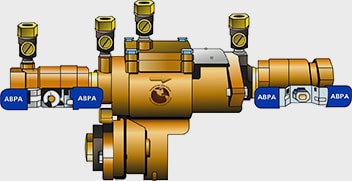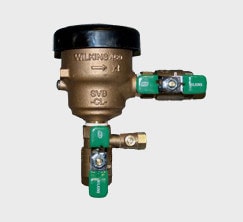ANSWER : Water suppliers usually do not have the authority or capability to repeatedly inspect every consumer's premises for cross-connections and backflow protection. Alteratively, each water supplier should ensure that a proper backflow preventer is installed and maintained at the water service connection to each system or premises that poses a significant hazard to the public water system. Generally, this would include the water service connection to each dedicated fire protection system or irrigation piping system and the water service connection to each of the following types of premises:
Each water supplier should also ensure that a proper backflow preventer is installed and maintained at each water loading station owned or operated by the water supplier.






